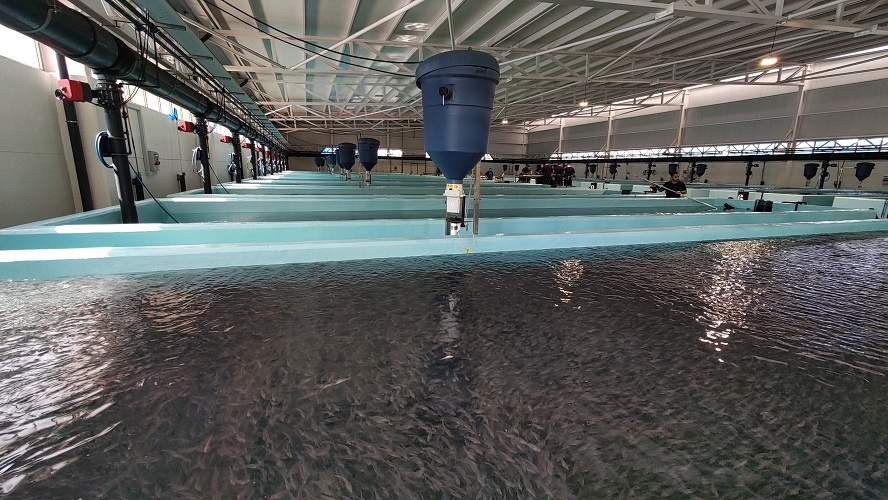
Monitoring the behaviour of Atlantic salmon, European sea bass, tilapia and other farmed species could play a pivotal role in advancing welfare, sustainability and precision aquaculture in recirculating aquaculture systems (RAS), according to a new review by researchers at the Ocean University of China.
The authors outline how external factors such as oxygen, carbon dioxide, ammonia, light regimes, stocking density and feeding strategies shape both behavioural and physiological responses. Subtle shifts in swimming activity, feeding behaviour or shoaling patterns often provide the earliest warning signs of stress, long before physiological symptoms are detectable. “Fish behaviour is a sensitive and immediate indicator of welfare status, and its continuous monitoring has the potential to provide valuable information for optimising management practices in RAS,” the researchers note.
The review also highlights emerging technologies for controlling light, temperature, disinfection and water quality. By combining these tools with behavioural monitoring, the authors argue, farmers can help stabilise production environments while improving fish welfare.
Traditionally, behavioural observation has relied on farm staff. However, advances in video monitoring, machine vision and artificial intelligence are opening the door to automated, continuous systems capable of detecting anomalies in real time.
These developments reflect the broader move towards precision aquaculture, where data-driven tools enhance efficiency, mitigate risks and support sustainability. The review further emphasises that effective management of environmental factors will be central to the growth of ‘green aquaculture’, balancing production with environmental responsibility.
While salmonids remain the dominant focus of RAS research, the review stresses that its conclusions also extend to other commercially important species such as seabass, seabream and tilapia. The findings provide a scientific basis for developing practical monitoring systems that could be deployed in commercial facilities, offering farmers an additional layer of insight to support decision-making and safeguard stock health.
Ultimately, the authors conclude, behavioural monitoring combined with tighter environmental control could raise welfare standards, reduce production risks and underpin the sustainable expansion of aquaculture worldwide.


